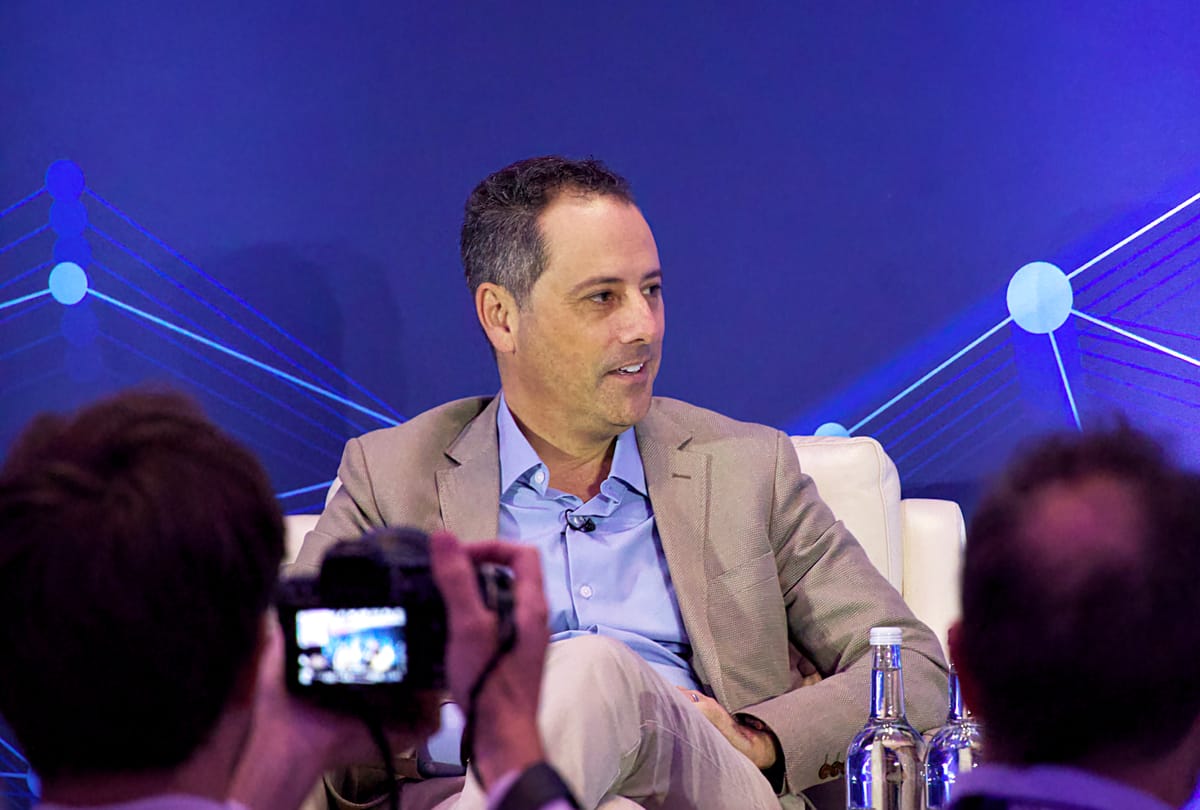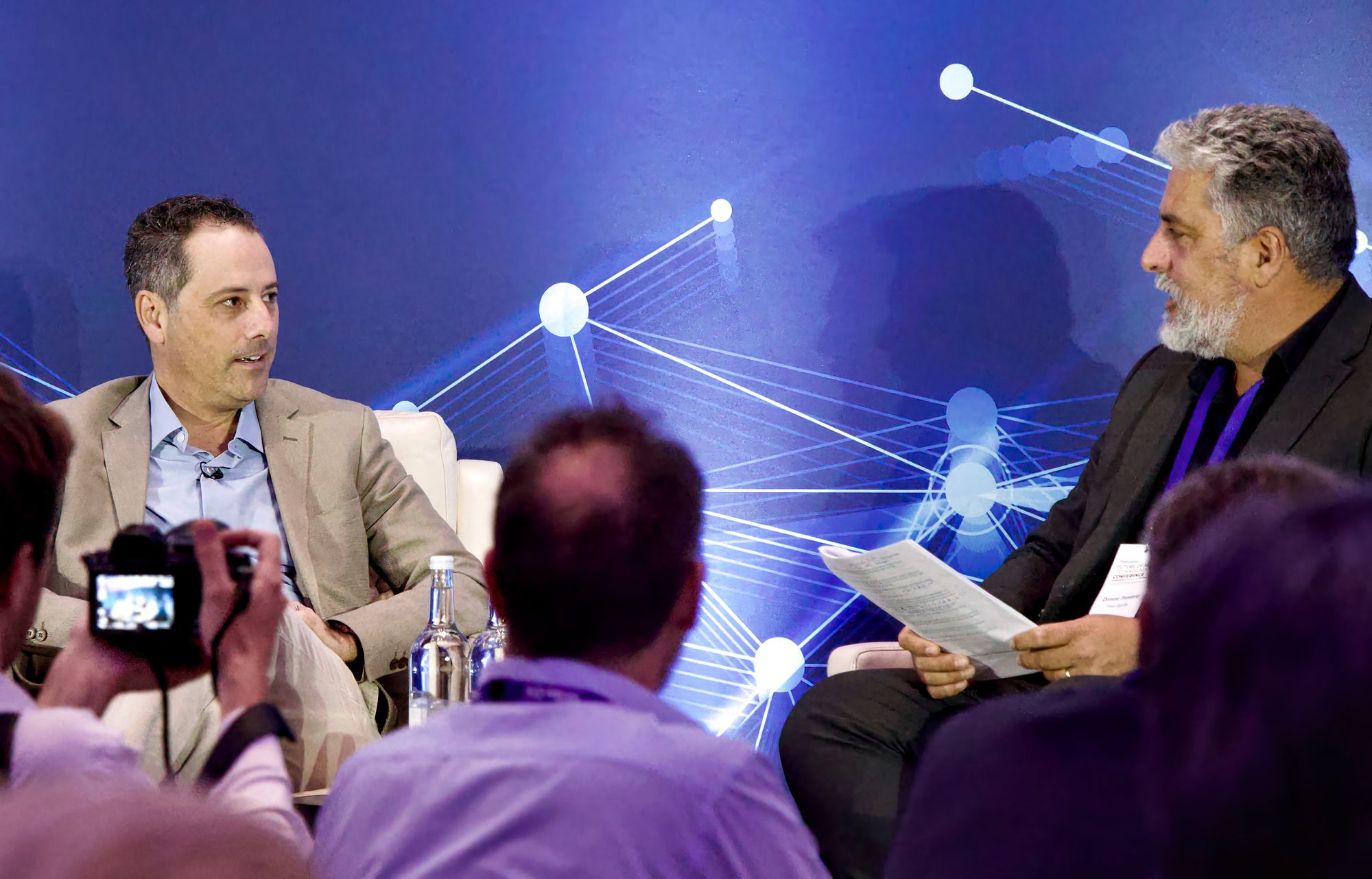Jon Steinberg, Future CEO, on Gen AI and revenue
The new CEO of Future on navgiating stormy economic waters, and how to use AI sensibly.

A fireside chat between Jon Steinberg, CEO of Future and Dominic Ponsford, Press Gazette, editor-in-chief.
How do we get traffic to articles? That’s the big question, argues Steinberg, when challenged about the rather stormy economic conditions for big publishing houses.
He argues that, despite traffic declines, Future have seen double-digit increases in revue per user. “Advertisers are flocking to high intent media,” he says. “Everyone who comes to one of our sites is passionate about the subject.”
He contrasts it with “low intent” media – where the pressure is in the ecosystem.
Future and generative AI
Future is using Generative AI in two ways:
- Experiments – chatbots that read the totality of a site, and then you can ask it questions. For examples, asking Tom’s Hardware what the best CPU is.
- Productivity Enhancement – helping fill out product details. Or re-edit videos for social.
More widely, he suggests generative AIs are basically plagiarising – and badly. They are not sophisticated.
Future tests mattresses, TVs, and graphics cards. Until AIs grow arms, they can’t do that. They can only plagiarise others’ work. The end product they’re creating right now is “deeply unsatisfying.”
“I’m not sure what the point of a paragraph half-summarising someone else’s work is,” he says.
If you want to block the Google AI crawler – you have to block Google search because it’s the same crawler. You can cut off the OpenAI crawler, but not the Google one.
Social Traffic

While he was leading Buzzfeed, Facebook was sending more traffic to news sites than Google. Now? Facebook is getting out of news entirely — and they don’t want to send out traffic at all. They only way to get traffic on those platforms is social video. And the only way to make money from that is branded content.
Adam Mosseri, head of Instagram, said that Threads is not a place for news. They’ve said that people don’t want news on Facebook — and so, Facebook don’t want to pay for news.
He sees more potential in TikTok and Instagram Reels than Google. Google is in flux, and so branded content that’s monetised on social is the future.
Revenue Mix
Affiliate is ⅓ of their revenue, another ⅓ is digital ads, and the rest is print. He’s confident that people will still want to read product guides for expensive purchases. “People want to read multiple reviews, so our affiliate business is surprisingly resilient”.
The economic pressures make this even more resilient, as people weight purchases more carefully.
Future has its own paywall tech, Kiosq, which they are slowly rolling out — and which he sees as a key strategic technology.
M&A will be part of their business strategy going forwards – but right now, they’re concentrating on a stock buyback.





